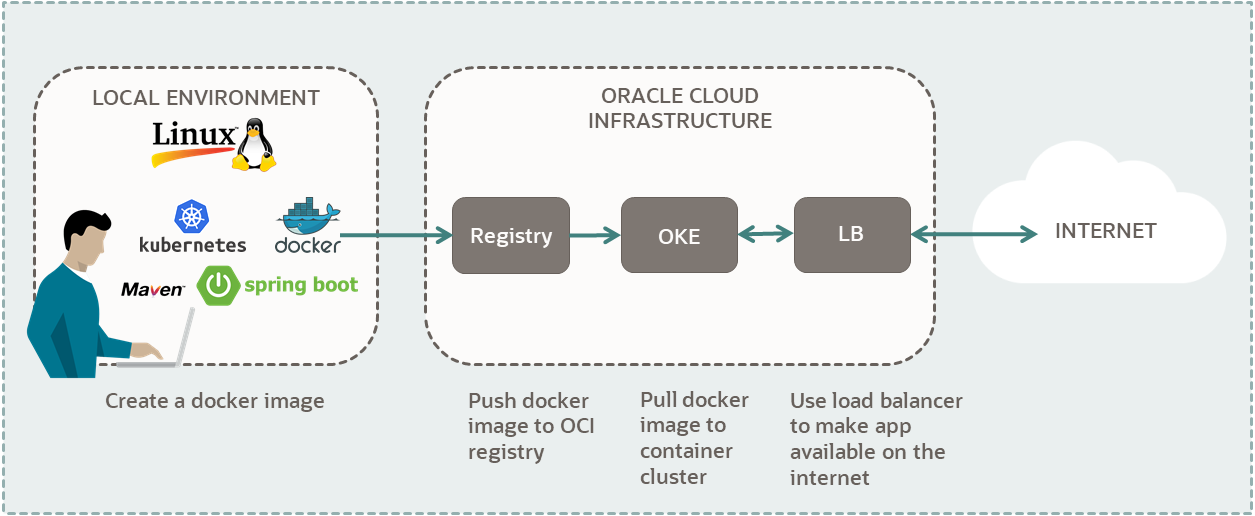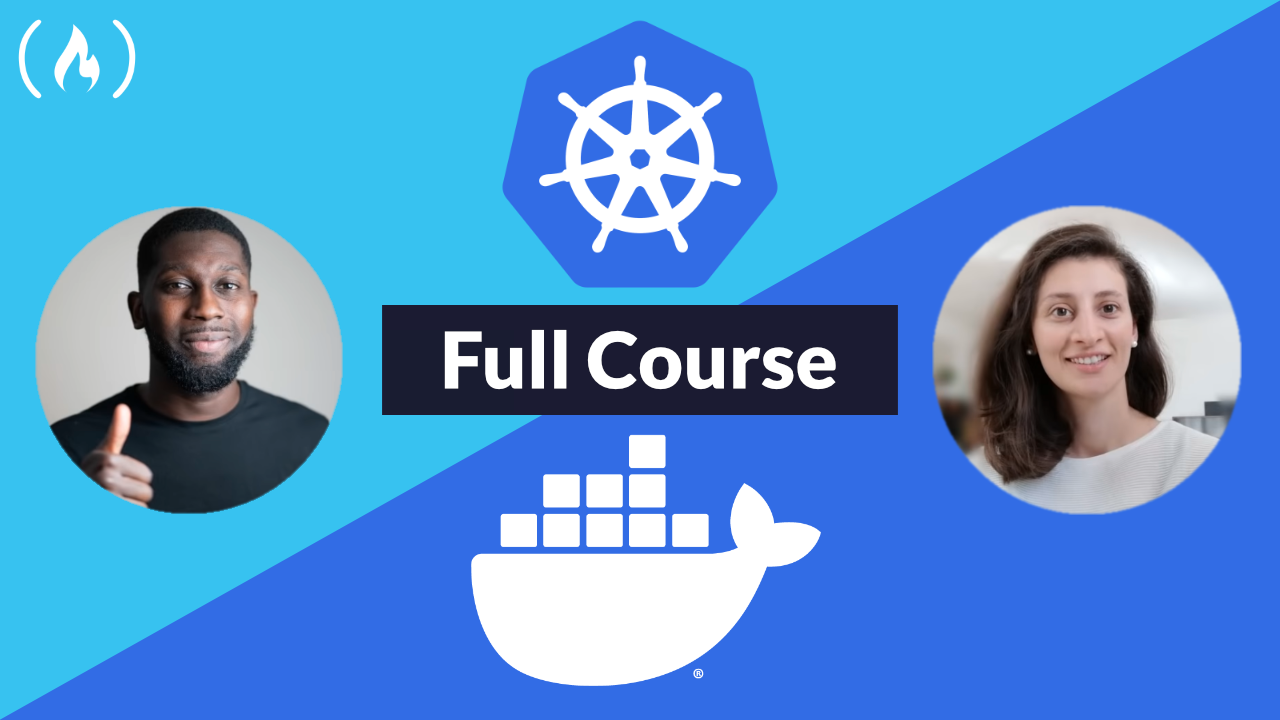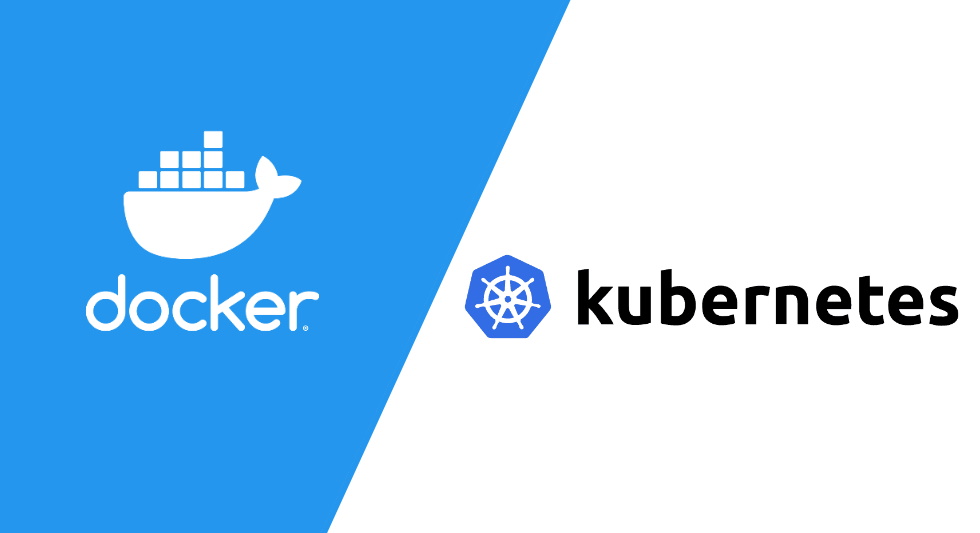

While the result was a streamlined system, the transition likely was daunting. What was once an application requiring multiple services on virtual machines transitioned to an application consisting of multiple, tidy Docker containers. Think back to when your development team made the switch to Dockerized containers. Provide a platform to deliver zero trust security and OPAĪutomatically collect hundreds of traces, logs and metrics Turn connectivity into electricity with Kong Meshīuild more performant and reliable load balancing via service mesh Supercharge your Istio clusters with the leading API gateway Rapidly design, publish and consume APIs and services Pay-as-you-go from startup friendly to enterprise scaleĪccelerate your journey into microservicesĮmpower teams to provide security, governance and compliance Single platform for end-to-end connectivity Get information tailored to your use caseĮxtend with powerful plugins and fresh themes Powerful extensions and easy integrations
#WHY USE DOCKER AND KUBERNETES FOR FREE#
Get started for free (no credit card required) Algo Kubernetes has a good integration with Google Cloud Engine.See what makes Kong the fastest, most-adopted API gateway If you know something about coreos, it's a very similar solution but from Google.


You have also other tools to ensure a number of containers/pods of a service running at the same time, a key-value store, a kind of built-in load balancer. Yo can also define a group of containers that provide a service, in a similar way you do with other tools like fig (i.e.: webapp pod can be a rails server and a postgres database). So, you have a group of machines that forms a cluster where your containers are run. Labels are used to organize and select groups of objects based on Services provide a single, stable name and address for a set of pods. They ensure thatĪ specified number of pods are running at any given time, by creating Replication controllers manage the lifecycle of pods. It's recommended that you use a replication controller even if They're the smallest deployable units that can be created, scheduled,Īnd managed with Kubernetes. Pods are a colocated group of Docker containers with shared volumes. Kubernetes can run anywhere! See the Getting Started Guides for Kubernetes works with the following concepts:Ĭlusters are the compute resources on top of which your containers areīuilt. There are some important concepts in its architecture: Due to its design you can implement compatibility with any container engine, but I think now it's limited to Docker. Running production workloads at scale, combined with best-of-breedįor me Kubernetes is a container orchestration tool from Google. Kubernetes builds upon a decade and a half of experience at Google Self-healing: auto-placement, auto-restart, auto-replication Portable: public, private, hybrid, multi cloudĮxtensible: modular, pluggable, hookable, composable Kubernetes is: lean: lightweight, simple, accessible Kubernetes is an open source system for managing containerizedĪpplications across multiple hosts, providing basic mechanisms forĭeployment, maintenance, and scaling of applications.


 0 kommentar(er)
0 kommentar(er)
